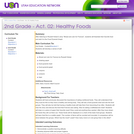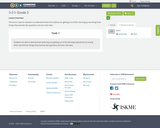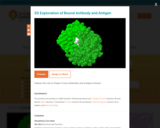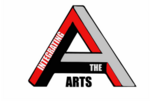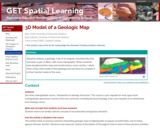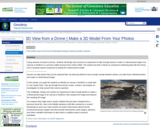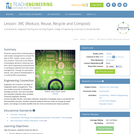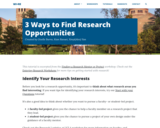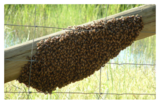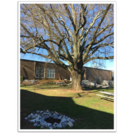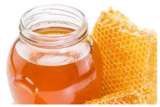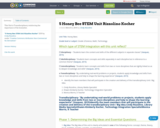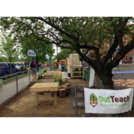
Learn the importance of each and every job within the hive! This lesson includes learning objectives, material and resource lists, background information, activities, reading selections, writing assignments, a game, assessments, and support documents. See the Educator's Guide for more video links and recommended readings.
- Subject:
- Biology
- Education
- Elementary Education
- Environmental Science
- Environmental Studies
- Life Science
- Material Type:
- Activity/Lab
- Assessment
- Game
- Lesson Plan
- Reading
- Teaching/Learning Strategy
- Author:
- The Bee Cause Project
- Date Added:
- 12/18/2020
